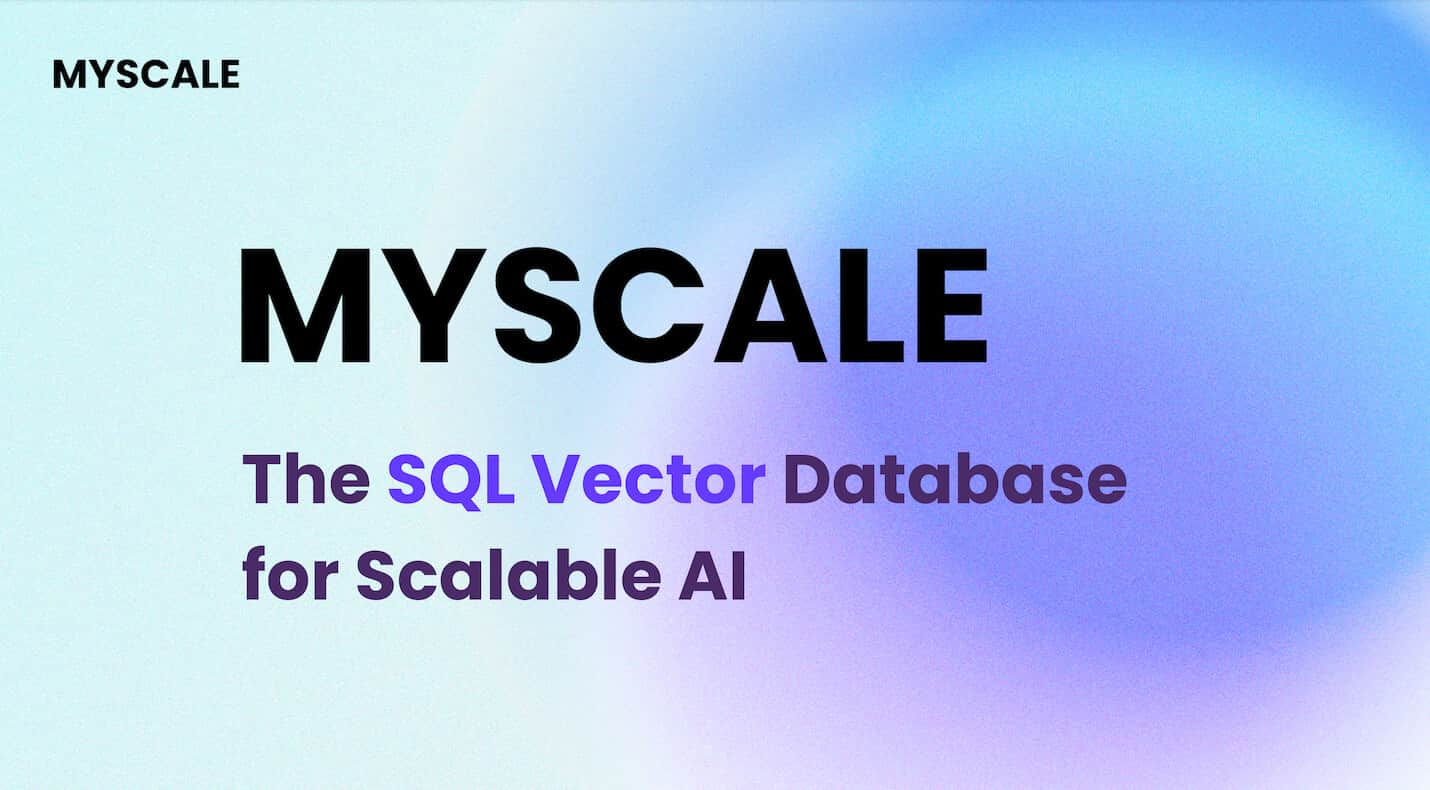
# Exploring the Basics of Data Mining
In the realm of Data Mining, the primary objective is to unearth patterns within extensive datasets. This process involves utilizing advanced algorithms to sift through vast amounts of information and identify significant correlations. By delving into these data sets, analysts can extract valuable insights that might otherwise remain hidden.
The significance of Data Mining extends beyond mere pattern recognition; it plays a pivotal role in aiding decision-making processes across various industries. Through the application of sophisticated analytical tools, organizations can make informed choices based on concrete data-driven evidence rather than intuition or guesswork.
Studies have shown that Data Mining initiatives have a direct impact on revenue generation and profitability for businesses. By leveraging the power of data analysis, companies gain a competitive edge by uncovering trends, predicting outcomes, and optimizing strategies for success.
Moreover, in sectors such as healthcare and scientific research, Data Mining has proven instrumental in extracting crucial insights for clinical decision support, disease prediction models, and anomaly detection.
Listed below are some key findings supporting the importance and impact of Data Mining:
The data mining tools market is projected to reach USD 2045.79 million by 2030 (opens new window).
Data mining methodologies (opens new window) involve analyzing data from multiple perspectives (opens new window) to enhance organizational efficiency.
North America's data mining tools market (opens new window) is expected to expand significantly due to technological advancements in healthcare and banking sectors.
# Understanding Similarity Search in Data Mining
In the realm of Data Mining, Similarity Search stands out as a fundamental technique that plays a crucial role in uncovering patterns and relationships within datasets.
# Defining Similarity Search
At its core, Similarity Search involves the process of identifying similar items within a dataset based on predefined criteria. This concept revolves around the idea of measuring the likeness or resemblance between data points to unveil hidden connections. By employing sophisticated algorithms, analysts can efficiently navigate through vast amounts of information to pinpoint items that exhibit significant similarities.
# How Similarity Search Works
The essence of Similarity Search lies in the utilization of specialized algorithms designed to compare data points and determine their level of similarity. These algorithms delve into the intricacies of mathematical computations to assess the proximity between items in a dataset. Through this intricate process, patterns emerge, shedding light on underlying correlations that might not be apparent at first glance.
# Similarity Measures (opens new window) in Data Mining
In Data Mining, various similarity measures serve as tools for quantifying the resemblance between data objects. Common metrics such as Dot Product (opens new window), Cosine Similarity (opens new window), Manhattan Distance (opens new window), and Euclidean Distance (opens new window) offer distinct approaches to evaluating similarities. Each measure comes with its unique strengths and weaknesses, providing analysts with versatile options for conducting similarity assessments.
When implementing Similarity Search, analysts often encounter different techniques such as Brute-force search (opens new window), Inverted indexing (opens new window), and Vector search methods (opens new window). These methods vary in their efficiency and applicability based on the nature of the dataset and the desired outcomes. By understanding these diverse approaches, analysts can tailor their similarity search strategies to suit specific data mining objectives effectively.
By delving into the intricacies of Similarity Search in Data Mining, analysts can unlock valuable insights hidden within complex datasets, paving the way for enhanced decision-making processes and actionable intelligence.
# Practical Applications of Similarity Search
In the realm of data analysis, Similarity Search serves as a cornerstone in various practical applications, showcasing its versatility and significance in diverse domains.
# Similarity Search in Image Recognition
Within the domain of image recognition, Similarity Search plays a pivotal role in empowering facial recognition technologies and enhancing visual search capabilities. By leveraging sophisticated algorithms (opens new window), systems can identify images or videos similar to a given query, even if they are not exact matches. This capability proves invaluable in tasks such as image retrieval, object recognition, and content-based image retrieval. Through the application of Similarity Search, organizations can streamline image categorization processes, improve search accuracy, and deliver more robust visual recognition solutions to users.
# Similarity Search in Recommendation Systems
# Wrapping Up
# The Future of Similarity Search in Data Mining
As technology continues to advance, the realm of data mining is witnessing a significant evolution in the domain of Similarity Search. One emerging trend that holds immense potential is real-time vector similarity search applications beyond traditional language and rich media datasets.
Real-time vector similarity search introduces novel possibilities in retrieving augmented generation (RAG) across diverse domains. By harnessing vector embeddings of time series and spatial data, analysts can capture intricate features and patterns that convey meaningful insights about dynamic phenomena like stock prices, weather patterns, and moving objects. This approach enables a real-time similarity search engine to promptly identify temporal trends, spatial correlations (opens new window), and anomalies as they unfold. Such capabilities are invaluable for scenarios where immediate insights on numerical data are critical for informed decision-making and predictive analytics.
# Key Takeaways
Data mining serves as a powerful tool for uncovering implicit patterns, correlations, anomalies, and statistical information within vast repositories of data.
The interdisciplinary nature of data mining incorporates concepts from various mathematical and computational disciplines (opens new window) such as statistics, machine learning, and database retrieval.
In medical research, data mining technology has demonstrated exceptional performance in evaluating patient risks, assisting clinical decision-making, and constructing disease-prediction models using large-scale public databases like SEER (opens new window), NHANES (opens new window), TCGA (opens new window), and MIMIC (opens new window).
In conclusion, the future landscape of Similarity Search in data mining holds promise for real-time insights across diverse domains beyond conventional datasets. By embracing these advancements and leveraging the power of data analysis tools effectively, organizations can unlock new opportunities for innovation and informed decision-making in an ever-evolving digital landscape.



